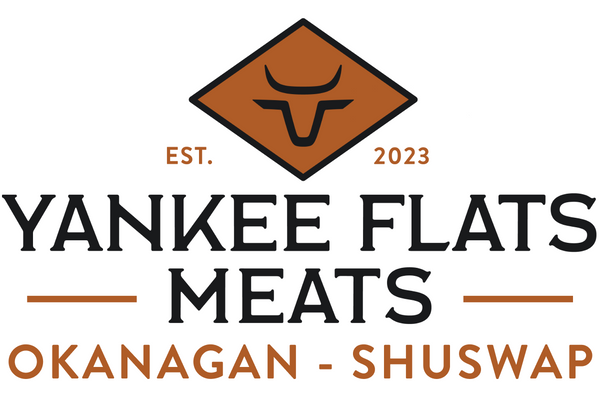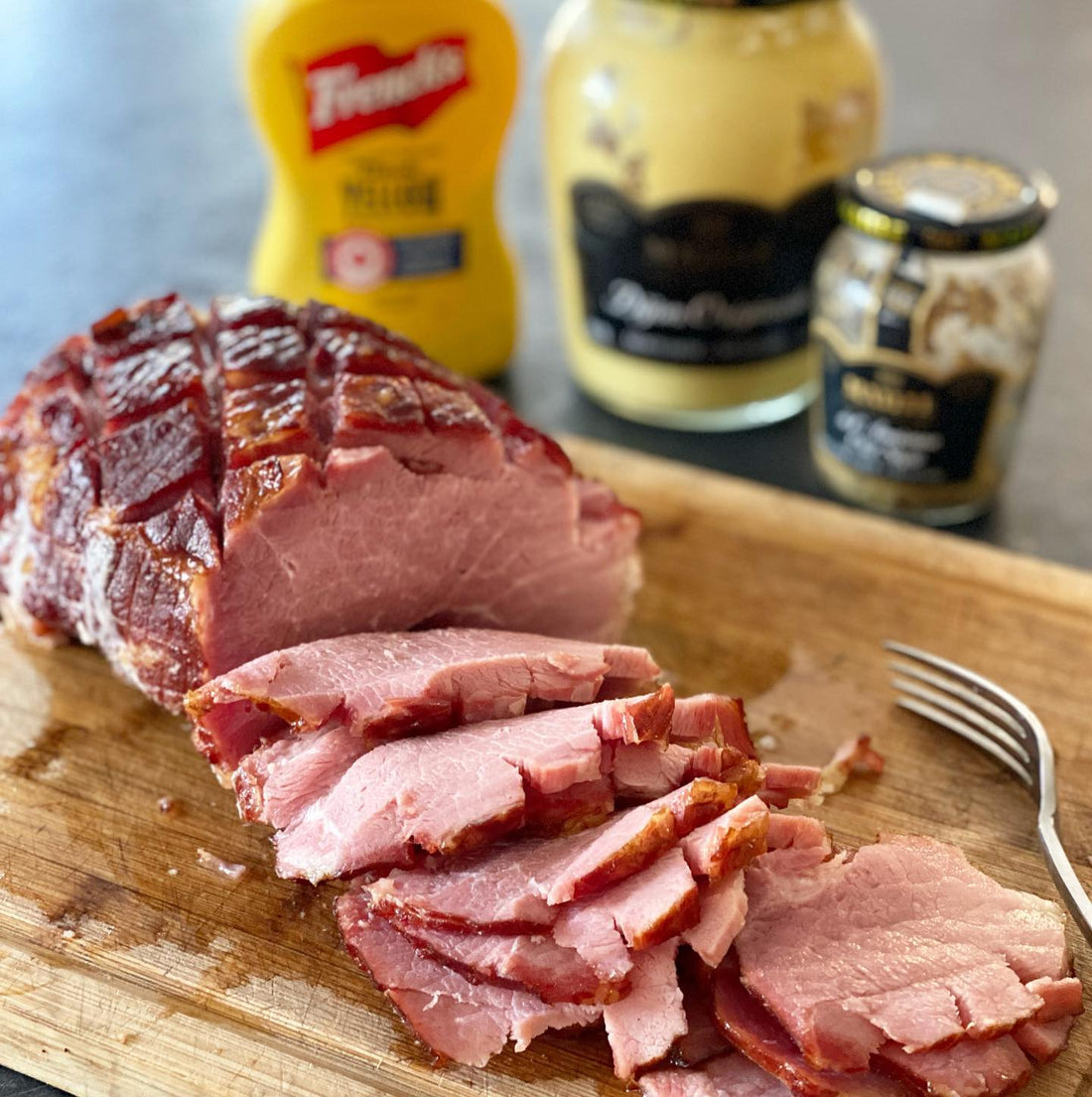When you combine pork with salt, you get more than just protein plus mineral. Salt has the power to elevate pork from mere sustenance to a culinary masterpiece. But what is it about salt and what is it about pork plus salt that makes this transformation possible?
Salt, of course, has been cherished throughout history for its ability to enhance flavor, preserve meat, and unlock a world of flavorful possibilities. When applied to pork, salt interacts with the meat on a molecular level. It works by breaking down proteins, specifically myosin, in the muscle fibers. This process, known as denaturation, alters the protein structure, making it more soluble in water. As a result, the meat retains more moisture and becomes more tender, succulent, and flavorful. In other words, salt doesn’t just season pork, it actually changes it’s chemical composition - and for the better.
Salt also has the unique ability to suppress bitterness and enhance sweetness. This phenomenon makes the natural flavors of pork shine even brighter, creating a harmonious and well-balanced taste. This happens because salt suppresses our perception of acidity (which makes things taste sour or tart to us) allowing sweet flavors to come to the surface. So if you’ve ever wondered why adding salt to a sweet foot actually made it taste sweeter…well, now you know.
Historically, salt’s most crucial role has been in preserving meat, allowing communities to store food for extended periods. By drawing out moisture from the meat, salt creates an environment where harmful bacteria and microorganisms cannot thrive. This process, called osmosis, effectively acts as a natural preservative, extending the shelf life of pork products like bacon, ham, and sausages.
Bacon is typically made by curing pork belly with a mixture of salt and other flavorings. During the curing process, salt penetrates the meat, imparting its unique flavor and preserving the pork.
After curing, bacon is often smoked, which further enhances its complexity and taste. The interplay between salt and smoke gives bacon its iconic savory-sweet-smoky profile, making it a breakfast staple and maybe the most versatile ingredient on the planet. C’mon, can you think of anything that bacon wouldn’t make taste better?
Salt and pork go together like peas and carrots, but too much salt can overpower the natural taste of the meat, while too little can leave the dish under-seasoned. There’s a bit of science and a bit of art required when salting pork to achieve that perfect harmony of flavors. There are several ways to apply salt to pork, each with its own unique effects:
- Dry Rubbing: Applying salt directly to the surface of the meat. This method draws out moisture, concentrating flavors and forming a flavorful crust.
- Brining: Submerging pork in a saltwater solution. Brining imparts flavor throughout the meat and helps retain moisture.
- Curing: Coating pork with a mixture of salt and other seasonings. Curing is a method commonly used for products like bacon and ham.
Salt's influence on pork is nothing short of remarkable. But it’s even more remarkable when you start with really good pork. Our pork at Yankee Flats Meats comes from local farms in the Shuswap, Thompson, and Okanagan. These farms often pasture their pigs for good portions of the time, allowing them to root, wallow, and forage. Keenan Family Farms, of our partner farms, grows sprouted barley to supplement their pigs diets with natural, organic grain and greenery.
This method of pig farming takes a little more space and a little more time, but we think it’s worth it every time we bite into a perfectly-salted, perfectly-cured, and perfectly-smoked slice of thick-cut Yankee Flats Meats bacon.
And salt doesn’t have to be alone. We also offer our very own dry rubs which you can pair with the farm-fresh pork, beef, lamb and poultry you buy from Yankee Flats Meats. Choose from coffee and maple, BBQ, herb and garlic, and steak spice.

